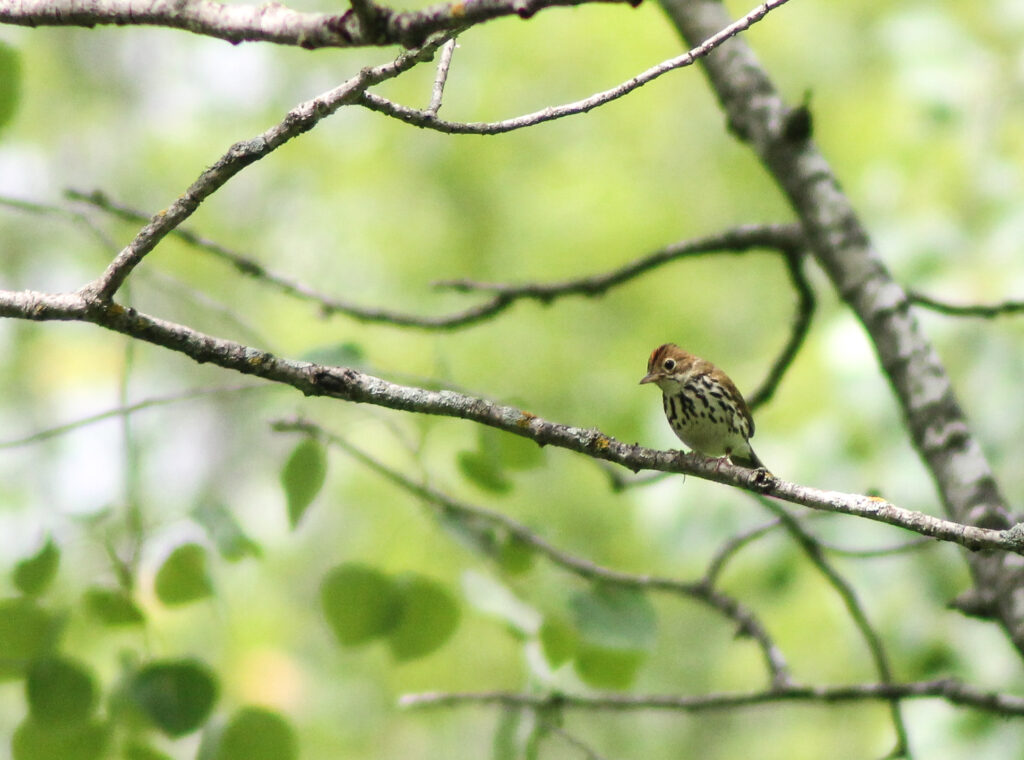Tests prove that fuel from old storage tanks leaked into Huron River
Federal investigators have confirmed their suspicions that an old deteriorating underground storage tank was the source of a recent leak into Michigan’s Huron River. Read the full story by the News-Herald.
Great Lakes Commission
https://www.glc.org/dailynews/20220404-oil-leak















